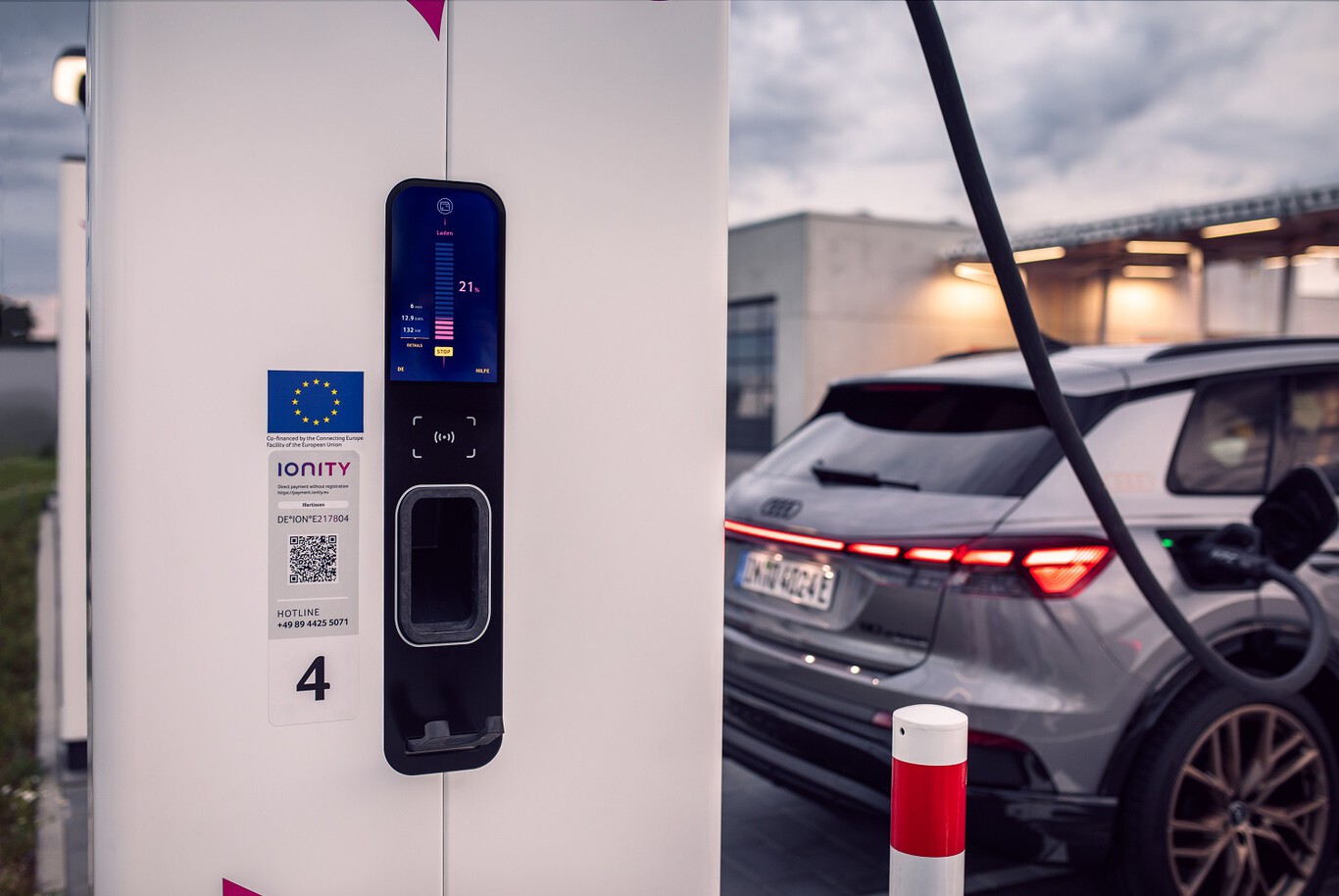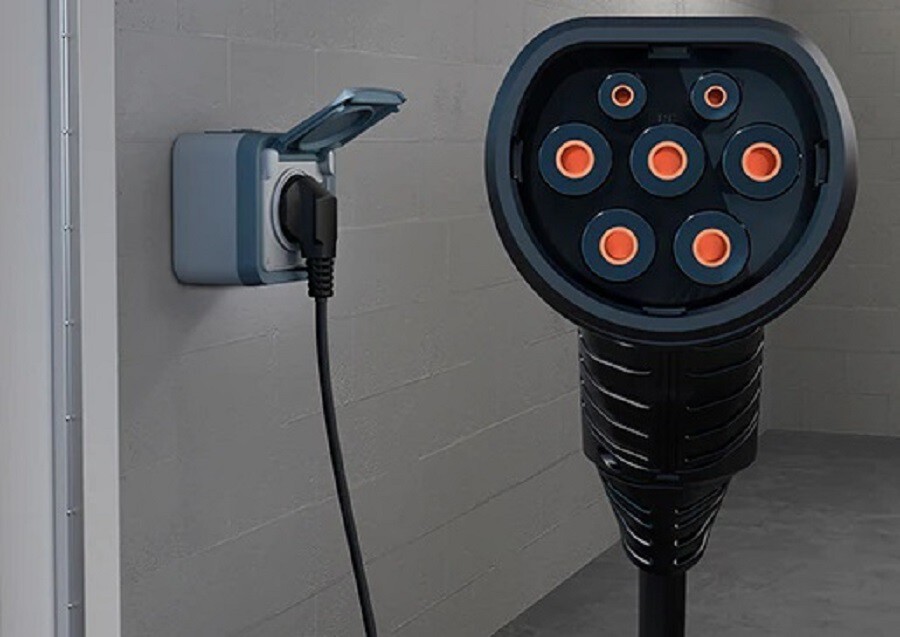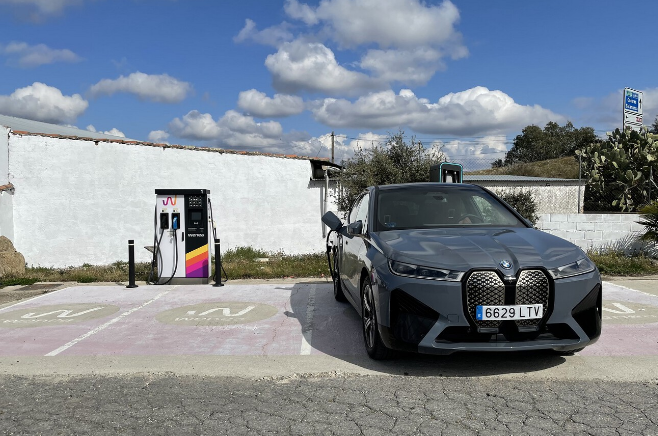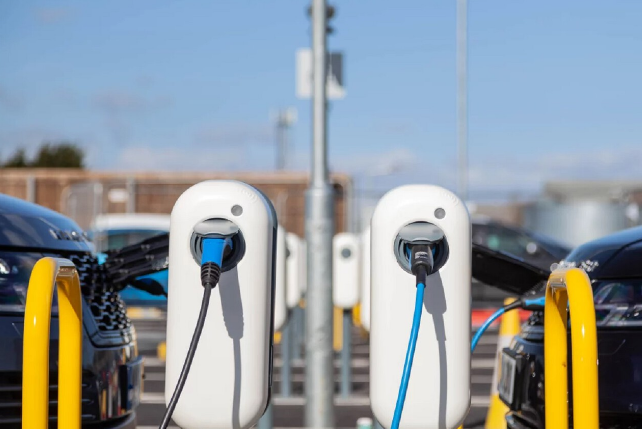
The charging of the electric car is, without a doubt, one of the great obstacles to overcome if you want to extend its technology. The where and how continues to be one of its great obstacles. In this article, we are going to try to unravel all the charging options, with their prices and the best options for each driver profile.
Unless solid-state batteries end up triumphing and make us forget about electric car recharging or, at least, increase autonomy and allow charges close to what it takes to fill a tank of fuel, recharging will continue to be inextricably linked to the car. electric.
Charger: yes or no?
Having a charger at home is the easiest solution to have an electric car, but it is not the only one and it is not essential. Accepting the possible difficulties that we will encounter along the way, it is possible to have this type of vehicle without a domestic charger.
However, as we said, the easiest thing is to have one. In this case, it can be installed in a house or a community garage. If we are talking about an individual home, the process will be easier and we will be able to choose how to carry out its installation with greater flexibility. In fact, according to the town hall, it is possible that in the construction of a new home, we are forced to include one.
Be that as it may, there are different solutions.
- Install the charger with the purchase of a new car.
- Install the charger with an individual company on our own.

If we get an electric car, most of the time the manufacturer makes available to the client, as part of the offer, the installation of the charging point, so in this case the buyer must take account and check if it is worth it or if you prefer that the process be carried out by an external company.
In either case, we must take into account which plugs we want for our home. These can be the following:
- Domestic socket: A traditional socket, we will not have to do any other type of installation but it will only charge at 2.3 kW, so the recharge will be very slow.
- Reinforced socket: It offers the same advantages as above (it is a common socket in homes and for which large installations are not required) and it will charge the car more quickly.
- Individual charging point: An installation is needed and they usually exceed 1,000 euros but they offer faster charges. The most common are 7.4 kW, 11 kW, and up to 22 kW. The higher the power, the more expensive the charging point will be. In addition, some have automatic systems to charge the vehicle at the highest possible power without exceeding the contracted rate and, therefore, causing a blackout at home. They can also be configured to charge at off-peak hours, which will usually be at night.
Regarding installing a charger in a community garage, we must know that the community cannot refuse to do so and that, depending on the autonomous community, the steps to take may be slightly different.
But, broadly speaking, you have to take into account that:
- The driver of the electric car can have a charging point in a community garage.
- The driver pays for the necessary work.
- The community can adapt the installation for future down payments with work that will be paid for by all the residents.
In any of the above cases, if we want to have a company outside the manufacturer of our vehicle, the options are very wide. Among them, Wallbox is one of the most widespread, and part prices from 839 euros for its installation. In these cases, we must take into account the meters of cable that we need and, of course, the power at which we want them to work. LRT, Morec, or Heidelberg Wallbox are other companies that sell their chargers with or without installation included.
Living without a plug at home
As we said, living without a plug at home is also possible, although we will have to assume some inconveniences. In these cases, the most common thing is to have a public plug near your home or charge it at work.
What do we understand by public sockets? Those to which any driver has free access, either on the street or because it is owned by a business, restaurant, or hotel. In these last two cases, it must be considered that the carload is linked to consuming or staying in said establishment.
Regarding prices, below we have compiled the recharging figures of the companies that have the most plugs available in our country. If we want to have a map at hand with their locations, Electromaps is a good place to find them, since users leave regular comments on the status of the charging point, and its prices, and they can check if the plug is in the process of being used. be installed or there is a car charging.

Wenea
One of the usual companies you can find on the road is Wenea. On their website, they highlight that since 2021 they already have more than 50,000 users in their application. Their prices are as follows:
- Super Fast Charge (up to 200kW): €0.49/kWh
- Fast Charge (up to 50kW): €0.39/kWh
- Semi-Fast Charge (from 22 to 43kW): €0.30/kWh
- Slow Charge (up to 7.4kW): €0.3/kWh
Repsol
Repsol is another of the large companies with electrical charging points in our country. According to their data, they have 230 public plugs, 50 of them with fast charging (up to 150 kW) and 2 with ultra-fast charging (up to 350 kW). Regarding their prices:
- Ultra Fast Charge (up to 350 kW): €0.446/kW.
- Super Fast Charge (up to 150 kW): €0.39/kW.
- Fast Charge (less than 50 kW): €0.29/kW.
Iberdrola
Iberdrola, like other companies, does not have a fixed rate on its website for recharging electric cars. Next, we leave you the prices at the time this article is being written, taken from its mobile app:
- Ultra Fast Charging (up to 350 kW): €0.51/kWh for those belonging to Iberdrola and €0.79/kWh for the Ionity network
- Super Fast Charge (up to 200 kW): €0.45/kWh
- Fast Charge (up to 50kW): €0.39/kWh

Endesa
As in the case of Iberdrola, to find out Endesa’s rates, it is also necessary to access its mobile application. There, we find the following data:
- Super Fast Charge (up to 200kW): from €0.40/kWh to €0.50/kWh
- Fast Charge (up to 50kW): €0.40/kWh
- Semi-Fast Charge (22 kW): €0.35/kWh
- Slow Charge (up to 7.4kW): €0.3/kWh
Zunder
Easy Charger is another of the companies in an expansion process, with 4,000 charging points by 2025. It has now been renamed Zunder and its rates, which can be consulted in its application, are as follows:
- Super Fast Charge (up to 90kW): €0.40/kWh
- Fast Charge (up to 50kW): €0.30/kWh
- Semi-Fast Charge (22 kW): €0.20/kWh
- Slow Charge (up to 7.4kW): €0.20/kWh
Tesla
Although, at the moment, they are not open to all vehicles, Tesla has an extensive network of 150 kW superchargers and a less dense network of charging points capable of reaching 250 kW. The price of these superchargers, with the last increase, is €0.41/kWh. In addition, when using it, it must be taken into account that to guarantee the availability of the plug, Tesla charges 0.50 euros for each minute that the vehicle remains at the charging point once it has been completed. This rate is only applied when the station has more than 50% of its plugs in operation and reaches the full euro if all the plugs are occupied.
Other companies and places
These companies are the most common, but in addition, others such as Ibil manage different companies throughout the national territory, such as Repsol or Oeste Movilidad, or outlets that are in public places, such as shopping centers, where free charging is offered.
It is also possible to find free plugs in restaurants and hotels. Of course, it must be taken into account that, most likely, to occupy these outlets, they will force us to stay or consume in these establishments.
Types of chargers
In addition, when charging an electric car, we must take into account which charger our vehicle supports. Currently, in Spain and Europe, the CCS/Combo 2 charger has been imposed, which allows recharging by alternating or direct current in the same socket, the latter being the second fastest and the first indicated for slower recharges (usually domestic) and cheap.
For slower charges, it is also possible that our vehicle incorporates a Type 2 cable, popularly known as Mennekes. In this case, it is the same connector but without the two lower inputs, and it is used in charge exclusively with alternating current.
But, in addition, it must be taken into account that the CHAdeMO type charger has been promoted in Japan, which means that some vehicles arriving from there, such as Nissan or Mitsubishi, have this less widespread standard. The CHAdeMO type also allows fast charging, but its public charging points are less widespread, so it is important to check what type of charger we have available at all times.
In addition, Tesla also has its standard. However, the Tesla Model 3s that circulate in Europe have been adapted to the European CCS system, which allows them to have all the available charging points of this type and, in addition, use its network of superchargers.

Sharlene Meriel is an avid gamer with a knack for technology. He has been writing about the latest technologies for the past 5 years. His contribution in technology journalism has been noteworthy. He is also a day trader with interest in the Forex market.














![How to Watch UFC 303 Live Stream Free [Updated 2024] UFC 259 Live Stream Free](https://techsmartest.com/wp-content/uploads/2022/03/UFC-259-Live-Stream-Free-100x70.jpg)

